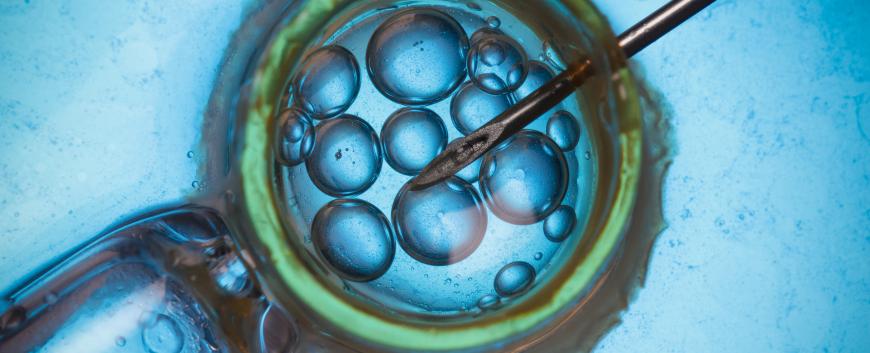
The efficiency of embryo implantation is surprisingly low in humans. In an attempt to increase the chances of pregnancy in infertile women, many in vitro fertilization (IVF) centres transfer more than one embryos. This in turn also increases the hazard of twin pregnancies. Multiple pregnancies are among the most common causes of preterm birth, along with the increased risk for prematurity. Therefore, it would be of importance to select the embryo that is most likely to implant and to transfer that particular embryo only. Enormous efforts have been devoted to finding the appropriate method to identify the competent embryo.
Extracellular vesicles (EVs) play important role in intercellular communication, both in physiological and pathological processes. Several studies have shown that both mitochondrial DNA and chromosomal DNA were found in EVs. It is showed the presence of miRNAs in in vitro human and bovine culture media. The quality or developmental competence of the embryo correlated with miRNA expression.
An in vitro method for non-invasive embryo competency assessment is provided, the method comprising the following steps:
a) determining the number of DNA-containing extracellular vesicles (EV) in samples of a plurality of media which were used to culture the embryos,
b) identifying an embryo cultured in the medium with a higher number of DNA-containing EVs as having a limited probability for a clinical pregnancy, relative to an embryo cultured in a medium with a lower number of DNA-containing EVs.
CONTACT
Pécsi Tudományegyetem | Kancellária | Informatikai és Innovációs Igazgatóság 2021.

